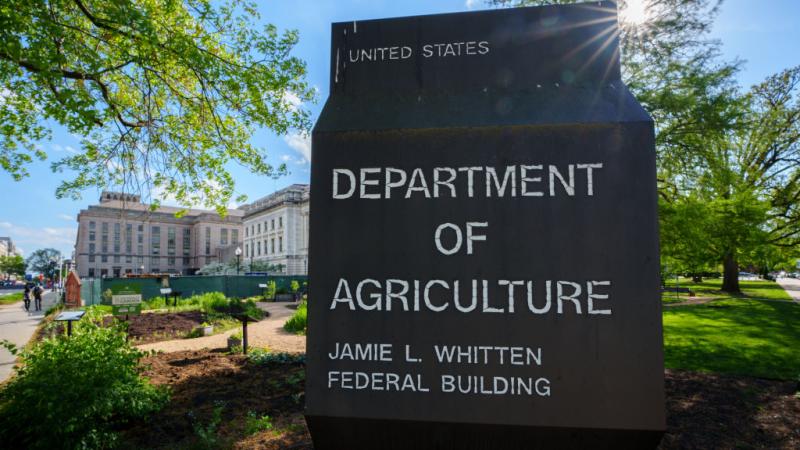California paid $4 billion for 400,974 'ghost' TK-12 students last year
At a statewide level, “ghost” student funding accounted for 6.2% of total state formula aid to school districts.
(The Center Square) - As state enrollment continues to decline due to outmigration, falling birthrates, and parents choosing to pull their children out of public school, the number of “ghost” students could continue to rise.
Funding guarantees and enrollment decline stabilization measures mean California is paying for 400,974 "ghost" students who don't exist, costing the state $4.06 billion in the 2022-2023 school year, according to a report from the libertarian Reason Foundation.
Study authors Aaron Garth Smith and Christian Barnard examined the cost of so-called “hold harmless” policies that provide funding protections for public schools in the face of declining enrollment. The two main policies used are declining enrollment protections, which allow schools to use prior, higher enrollment numbers to determine funding, and funding guarantees, which provide schools with a minimum level of state financial support regardless of enrollment. Notably, California’s charter schools, which are public schools, do not qualify for “hold harmless” funding.
Eighty-five percent of school districts received some form of “hold harmless” funding. Of the 148 schools that received minimum state aid funding, 111 were “property-wealthy districts that didn’t otherwise qualify for state formula aid.”
California’s enrollment-based funding policy allows the use of the greater of the current year’s average daily attendance, the last year’s, or the average of the three most recent years (not including the current year). “Ghost” students are the difference between the number of actual students, and the number the school district used for funding. Los Angeles Unified School District, the largest in the state, had an estimated 50,417 “ghost” students directing $507.74 million from state funds to the district. Of the over 1,400 California public schools with enrollment declines of 20% or more since the pandemic, 125 of them are in Los Angeles Unified.
At a statewide level, “ghost” student funding accounted for 6.2% of total state formula aid to school districts. Given finite state resources, funding “ghost” students impacts funding for real students.
“California’s hold harmless policies untether the relationship between K-12 funding and students,” said Smith to The Center Square. “The state’s fiscal outlook is bleak, and policymakers should consider ways to allocate public school funding more strategically. Eliminating ghost students and the state’s [minimum state aid] provision would be a good step in this direction.”
California public school enrollment declined 325,311 between the 2019-2020 and 2023-2024 school years, even after creating a whole new grade — transitional kindergarten — to boost attendance figures and funding.
California plans on spending approximately $23,940 per TK-14 student for the coming fiscal year. Should enrollment declines continue as one-in-four Californians are projected to be 60 or older by 2030, the state may someday have no choice but to shift education funding towards elder care.














